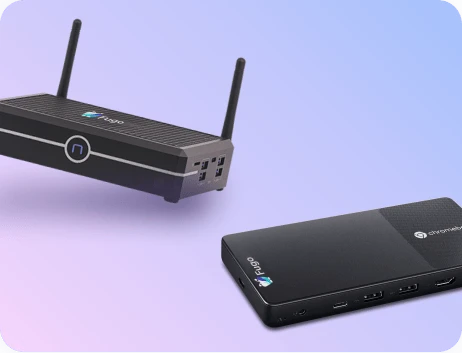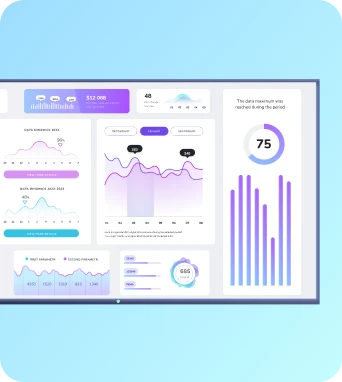Bezel-less displays
A display design that minimizes or eliminates the visible frame (bezel) around the screen to maximize active viewing area.
Bezel-less Displays: Edge-to-Edge Screen Design
How bezel-less displays work
Pros and cons
Applications and future trends
Keep the learning going...
Bezel compensation
Bezel compensation is the method of adjusting displayed images across multiple screens in a video wall to account for the physical borders (bezels) between panels. It shifts or scales content so graphics, text and layouts appear continuous, preventing misalignment and improving readability and branding across multi-screen digital signage setups.
Bezel gap reduction
Bezel gap reduction refers to the suite of engineering, installation and software techniques used to minimise visible seams between adjacent screens in video walls and multi-screen TV dashboards. It encompasses choice of narrow-bezel panels, precision mounting and mounting frames, panel alignment, optical treatments and software-level compensation to improve perceived continuity across Fugo.ai signage networks.
Big data for signage
Using large-scale data collection and analytics to optimize digital signage content, placement, scheduling, targeting, and performance measurement.



